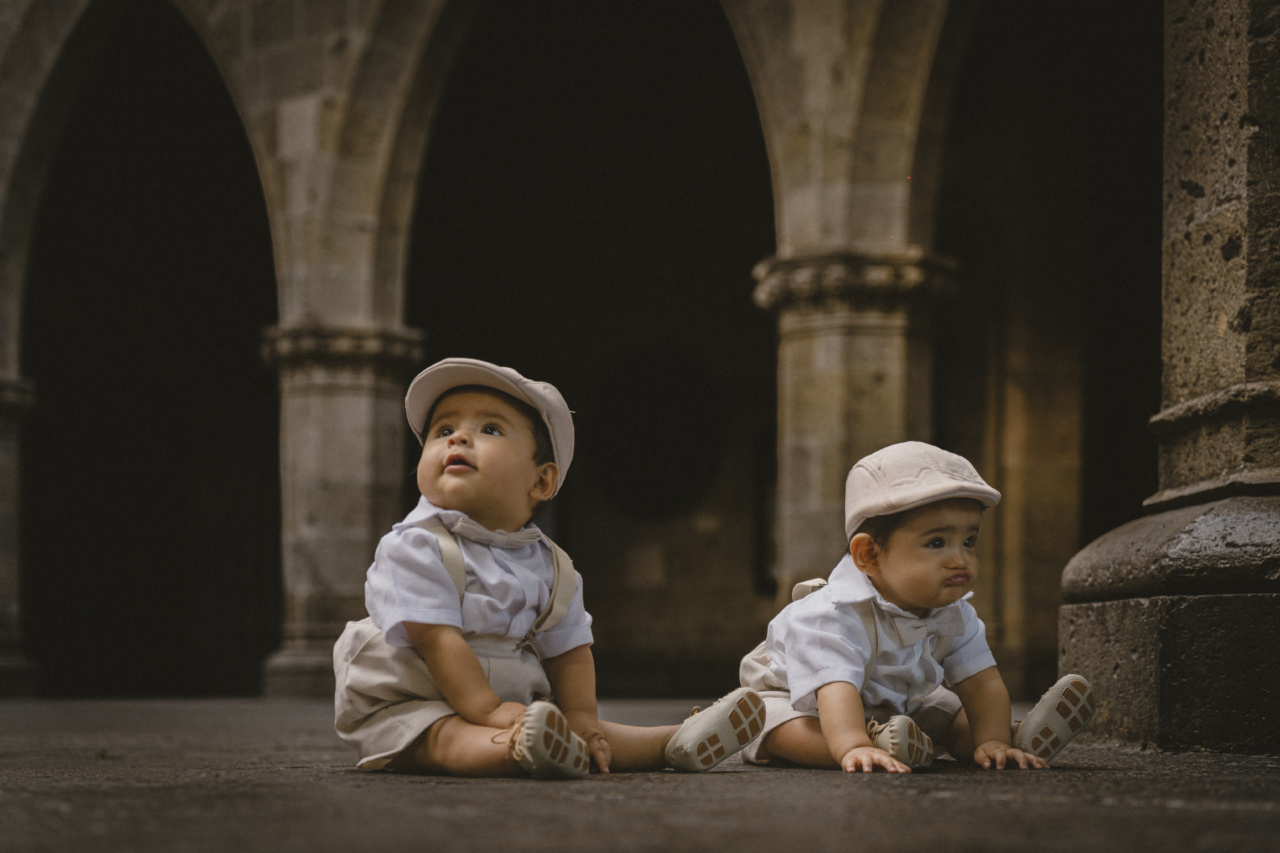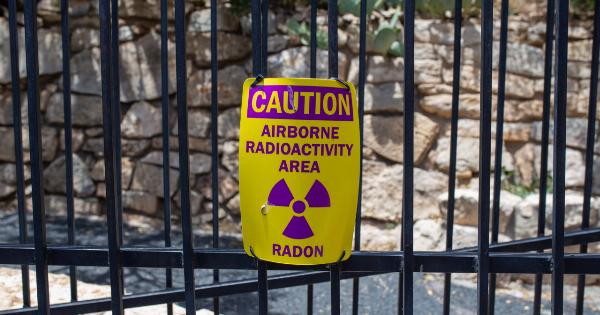Jaundice is a common medical condition experienced by many newborns. It occurs when there is a buildup of bilirubin, a yellow pigment, in the baby’s blood. This buildup leads to the characteristic yellow discoloration of the skin and eyes.
While jaundice is usually harmless and resolves on its own, severe cases can pose a risk to the baby’s health. Fortunately, phototherapy has emerged as a life-saving treatment for babies with jaundice.
Understanding jaundice in newborns
Jaundice in newborns occurs due to the breakdown of red blood cells after birth. The liver is responsible for processing bilirubin, but in newborns, their immature liver may struggle to keep up with the increased workload.
As a result, bilirubin levels rise, leading to jaundice symptoms.
The importance of early detection
Timely detection of jaundice is crucial to prevent complications. Healthcare providers routinely screen newborns for jaundice within the first few days after birth.
Using a transcutaneous bilirubinometer or measuring bilirubin levels through a blood test, healthcare professionals can determine the severity of jaundice and whether phototherapy is necessary.
How does phototherapy work?
Phototherapy involves exposing a baby’s skin to specific wavelengths of light. This light helps to break down bilirubin and transform it into a form that can be easily excreted by the body.
Traditionally, this treatment required babies to be placed under blue fluorescent lights in a neonatal intensive care unit (NICU). However, advancements in technology have led to the development of more portable and efficient phototherapy devices.
Types of phototherapy devices
There are various types of phototherapy devices available for treating neonatal jaundice:.
1. Conventional phototherapy
Conventional phototherapy involves exposing the baby’s skin to blue-green light emitted by fluorescent bulbs. The baby is often placed nude or with minimal clothing under a phototherapy unit, which provides a constant source of light.
This treatment requires constant monitoring of the baby’s temperature and frequent diaper changes.
2. Fiberoptic phototherapy
In fiberoptic phototherapy, portable devices with fiber-optic cables are used. These cables emit light directly onto the baby’s skin, providing targeted and efficient therapy.
Fiberoptic phototherapy allows for more skin-to-light contact and increases the effectiveness of treatment.
3. LED phototherapy
Light-emitting diode (LED) phototherapy devices are becoming increasingly popular due to their efficiency and versatility. These devices use blue and green LED lights to treat jaundice.
LED phototherapy is particularly effective in treating babies with severe jaundice.
Benefits of phototherapy for babies with jaundice
Phototherapy has several key benefits in treating babies with jaundice:.
1. Non-invasive treatment
Phototherapy is a non-invasive treatment, meaning it does not require any surgical procedures or medication. The baby simply needs to be placed under the light source, allowing for a comfortable and safe treatment experience.
2. Minimizes the need for blood transfusions
In severe cases of jaundice, blood transfusions may be required to lower bilirubin levels. Phototherapy has been shown to effectively reduce bilirubin levels, thereby minimizing the need for invasive procedures like blood transfusions.
3. Reduces the risk of kernicterus
Kernicterus is a rare but severe condition that occurs when high levels of bilirubin cause brain damage in newborns. Phototherapy helps prevent the escalation of bilirubin levels, reducing the risk of kernicterus and its associated complications.
4. Enables treatment at home
With the availability of compact phototherapy devices, some babies with jaundice can receive treatment at home under medical supervision. This not only reduces the stress on the baby and family but also minimizes the need for prolonged hospital stays.
Possible side effects and precautions
While phototherapy is generally safe and well-tolerated, there are a few side effects and precautions to be aware of:.
1. Temporary skin changes
The baby’s skin may become slightly dry or develop a rash during phototherapy treatment. However, these changes are usually temporary and resolve on their own.
2. Eye protection
Direct exposure of the baby’s eyes to phototherapy lights can potentially cause eye damage. Healthcare providers provide eye protection in the form of specialized eye patches or goggles to minimize this risk.
3. Monitoring temperature
Phototherapy can increase the risk of overheating in babies. Regular monitoring of the baby’s body temperature is necessary, and adjustments can be made to prevent overheating.
Conclusion
Phototherapy is a vital and life-saving treatment for babies with jaundice. By effectively reducing bilirubin levels and preventing complications, phototherapy ensures the well-being and healthy development of newborns.
Early detection, proper monitoring, and adherence to safety precautions are critical for successful phototherapy treatment. The advancements made in phototherapy technology have made it more accessible, allowing babies to receive treatment at home under medical guidance. When it comes to jaundice in newborns, phototherapy has proven to be a beacon of hope.































